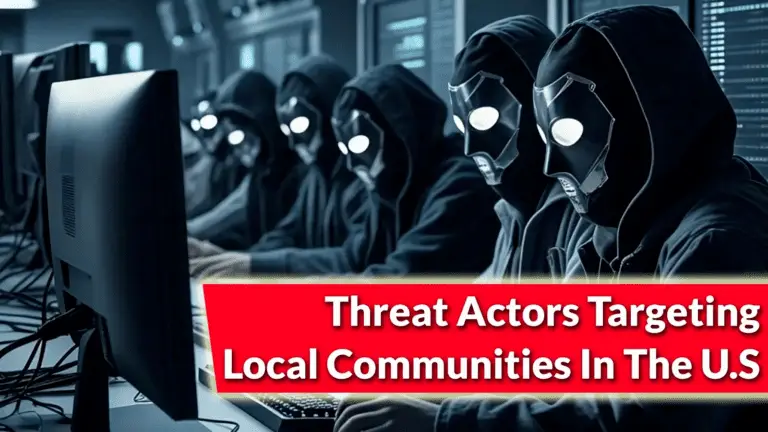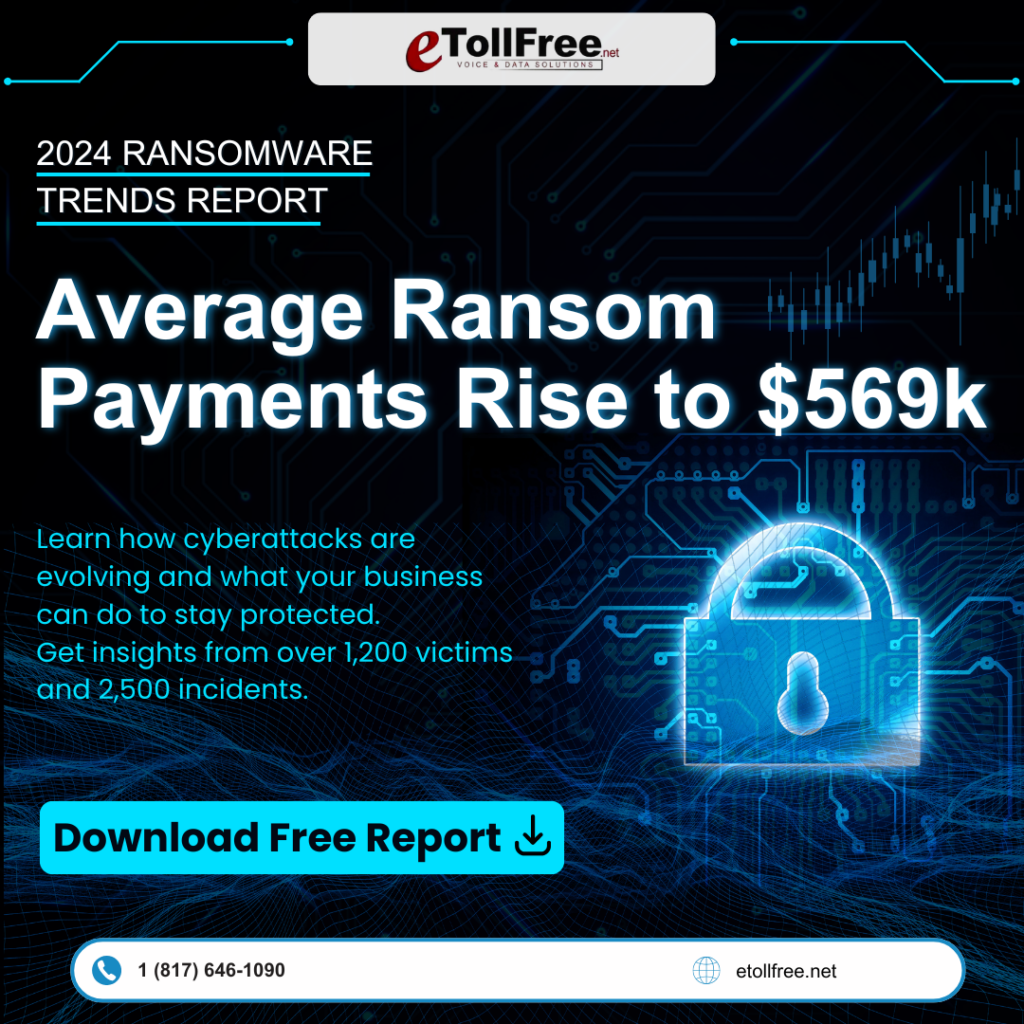Understanding the Threat: Foreign Actors Targeting U.S. Communities with Disinformation Campaigns
Introduction
In today’s digital age, where global information exchange is instantaneous, the cybersecurity landscape for small businesses is becoming increasingly complex and volatile. A recent report from the Alliance for Securing Democracy (ASD) at the German Marshall Fund reveals how foreign threat actors from Russia, China, and Iran deploy sophisticated tactics to disrupt local communities in the United States. This article delves into these states’ strategies, their impacts, and what measures local communities and leaders can take to mitigate these threats, making it crucial for small business owners to stay informed.
Nature of the Threat
Countries Involved
The report highlights three major countries actively engaged in these disinformation campaigns:
- Russia: With 26 documented cases, Russia utilizes tactics that polarize U.S. public opinion on divisive issues such as immigration and election integrity. Historical examples include a 2014 Kremlin-backed initiative for Alaska’s secession and a fabricated 2024 voter suppression video in Wisconsin.
- China: Chinese efforts are characterized by strategic propaganda. For instance, state-linked entities in Arizona (2023) infiltrated U.S. news outlets, and in Hawaii (2023), AI-generated imagery was used to proliferate false conspiracy theories regarding wildfires.
- Iran: Iranian campaigns target individuals and broader communities. Notable instances include the 2020 voter intimidation emails in Florida and fake news aimed at Arab-American communities in Michigan during 2024.
Sophisticated Tactics and Tools
AI Techniques
Generative Artificial Intelligence (AI) has accelerated the speed and effectiveness of these operations:
- AI tools create deepfake videos of political figures and generate realistic text-based propaganda. For example, in Maryland, AI impersonated a Ukrainian official in a Zoom call with Senator Ben Cardin in 2024.
Methods of Disinformation
The report categorizes these operations into four key tactics using the DISARM Red framework:
- Crafting Divisive Narratives: Manipulating narratives to deepen societal rifts.
- Creating Fake Personae: Establishing personas to lend credibility to fabricated stories.
- Disseminating Manipulated Media: Sharing altered media content to validate false claims.
- Utilizing Bots and Trolls: Amplifying misleading content to reach wider audiences.
Impact on U.S. Communities
These campaigns do not solely focus on high-profile targets but also affect:
- Swing states: More frequent targets during elections due to their electoral significance.
- Smaller states: Exploited for niche narratives, like linking Maine lobsters to COVID-19 origins.
By sowing mistrust and confusion, these malicious efforts undermine public confidence in democratic institutions and processes, such as elections.
Countermeasures and Recommendations
Public Awareness and Resilience
- Education: Increasing public awareness about the nature and tactics of information manipulation is crucial. Communities need tools and resources to recognize and respond to such threats.
Collaboration
- Federal and State Cooperation: Joint efforts between federal agencies, state governments, and private-sector platforms are essential. Collaborations like these fortify defenses against the strategic operations of foreign states.
Technology and Defense
- AI-Driven Detection Tools: Developing robust AI tools to detect and counteract the misuse of generative AI by adversaries is imperative. This proactive approach helps in the early identification and mitigation of disinformation campaigns.
Conclusion
The ASD report serves as a critical wake-up call to policymakers and citizens, emphasizing the urgency of protecting the American information ecosystem. As adversaries continuously refine their tactics, it is critical for the U.S. to strengthen defenses at every level, ensuring the resilience of democratic institutions and safeguarding public discourse integrity. By understanding these threats and implementing effective countermeasures, local communities can defend against foreign interference.
About the Author
Tushar Subhra Dutta is a cybersecurity content editor with extensive experience in covering cybersecurity news and technology. His passion aligns with informing and equipping readers with the knowledge to tackle cybersecurity challenges effectively.
For further reading and updates on cybersecurity, follow our platform and stay informed about the latest developments in cybersecurity threats and resolutions. Check out our Small Business Cybersecurity Guide to learn more.










